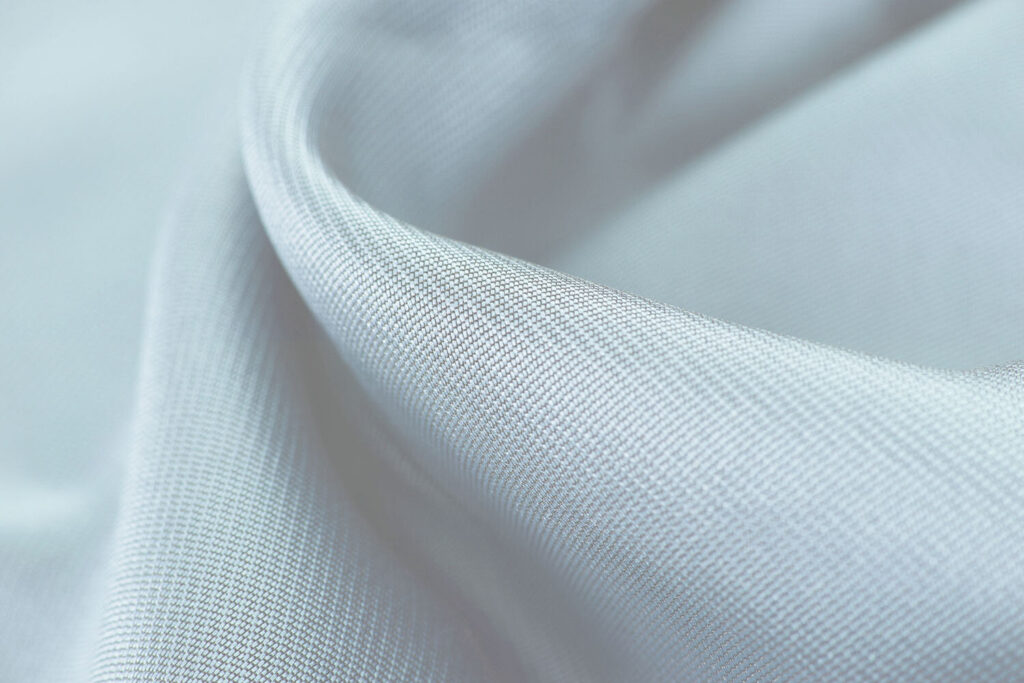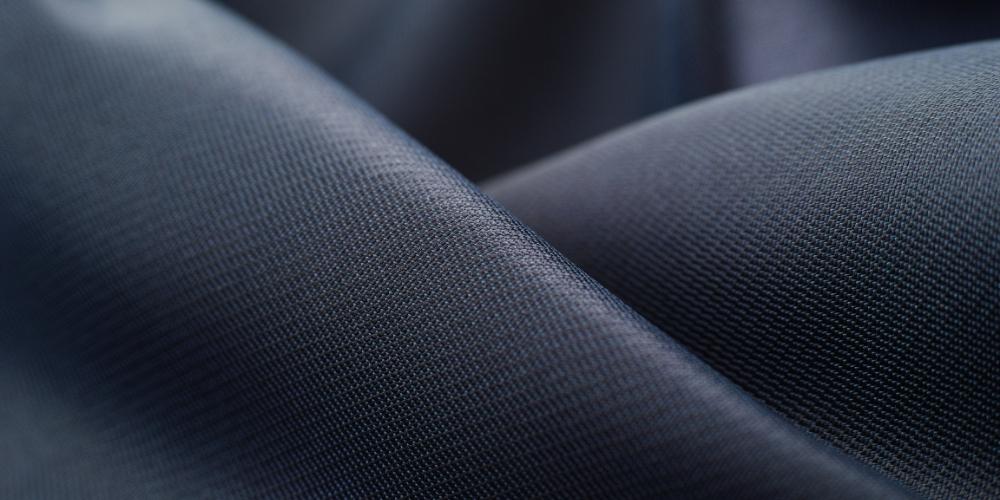People all throughout the globe have always put great value on their health and hygiene. However, as the COVID-19 outbreak progressed, people’s attention shifted to the need of keeping a clean environment. Cleaning processes that incorporate the use of antimicrobial agents are becoming more popular in the textile industry. As the healthcare sector advances and people become more conscious of the importance of personal hygiene. According to researchers, the market for antimicrobial fabric is predicted to develop at a compound annual growth rate (CAGR) of more than 4% between 2020 and 2025.
The importance of antimicrobial fabric in the textile industry cannot be emphasized.
Antimicrobial textiles offer a wide range of commercial uses to select from. Antimicrobial chemicals may be added to a variety of objects, such as clothes and hospital scrubs, medical mattress covers, fabric, and furniture, to prevent the spread of illness and infection. The antibacterial properties of the cloth used in wound treatment and other therapeutic applications promote faster recovery.
Antimicrobial fabric has a variety of important uses, one of which is in the defense and military industries. Where it is used to make protective gear for soldiers to wear in the case of chemical or biological attacks. Antimicrobial textile shoes and athletic clothes have the added benefit of reducing or eliminating odors. This makes them a popular option for athletes. These fabrics are utilized in a broad range of industries, including the automotive and contract furniture cloth sectors, food packaging, safety equipment, air filter, and clothing sectors, among others.
Antimicrobial fabric may also be used for the following applications:
- These materials are utilized in the manufacture of a wide range of daily home-furnishing products.
- These fabrics are used in a range of commercial applications, including air filtration and food packaging.
- The athletic apparel industry has a strong desire for items created from this material.
- In addition to these applications, antimicrobial fabric has the potential used in air conditioning, water purification, and refrigeration.
- The growing public interest in health has led to a continuous increase in the textile industry’s use of these materials, which are becoming an increasingly important component of the modern world.

Fabrics with antibacterial properties will be the norm in the not-too-distant future.
Fabric treated with antimicrobial compounds prevents the growth of bacteria, mold, mildew, and other potentially infectious organisms. Regular textiles cannot be transformed into antimicrobial fabric without the application of either a patented topical agent that inhibits pathogen growth or yarns that already have microscopic antimicrobial qualities.
These threads work together to keep germs off the cloth while also boosting comfort and durability by allowing perspiration to drain from the surface. This extends the life of the cloth. Using antimicrobial materials benefits not just one’s skin but also the surrounding ecology. As a result, there is no risk that the user will suffer any harm. Because antimicrobial fabrics have a unique ability to heal, they must be handled with care.
Why is the presence of antibacterial compounds so critical?
Antimicrobial fabrics have grown in importance in today’s society as a consequence of the constant battle against bacteria, viruses, and other sorts of diseases that they combat. These fabrics have the same ability as antimicrobial detergents and hand sanitizers to eliminate bacteria at the cellular level. When it comes to utility, not all substances and fibers, including chemicals, are made equal. As a result, depending on the chemical used to treat the textiles, the goods may either impede the development of illnesses over time or actively work to eliminate bacterial cells on contact. These results are both feasible.
Some antibacterial chemicals have the ability to destroy microbes and restrict their development. As a result, depending on the fabric manufacturer’s resources and goals, the fabric’s performance may be optimized in a manner that the maker deems acceptable to prevent the transmission of germs and sickness. This may be done to make the cloth more sanitary. Antibacterial substances such as triclosan, chitosan, cyclodextrin, quaternary ammonium, and others are used throughout the fabric sourcing process to particularly treat textiles and make them more successful in the battle against the development of germs and bacteria as well as the prevention of sickness. As a result of these factors, it is clear why this category of textiles is expanding rapidly. Also, it is anticipated that this category will finally define the textile industry in the years ahead.







